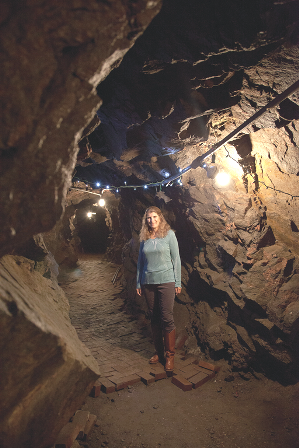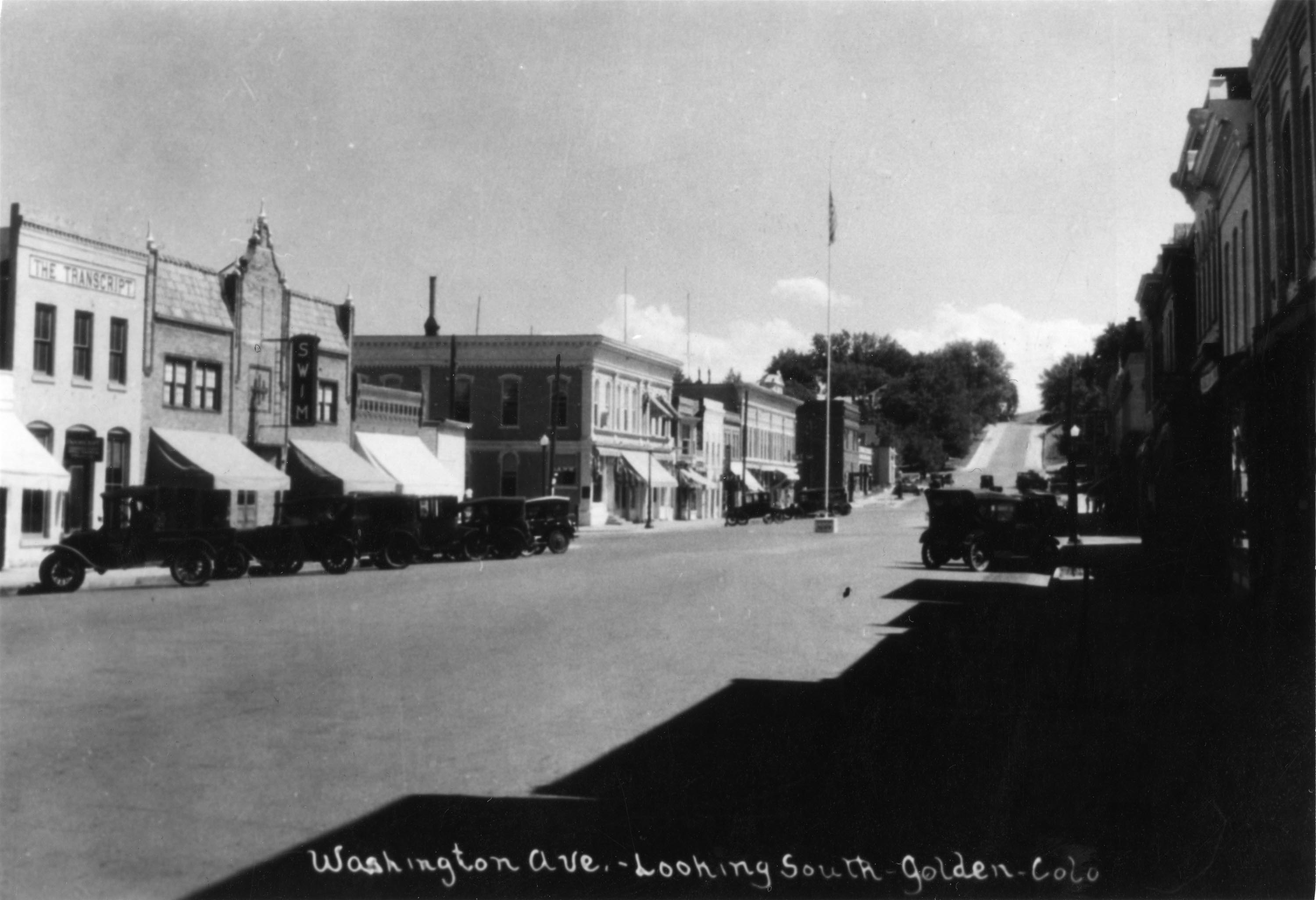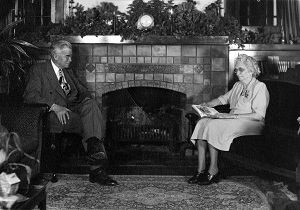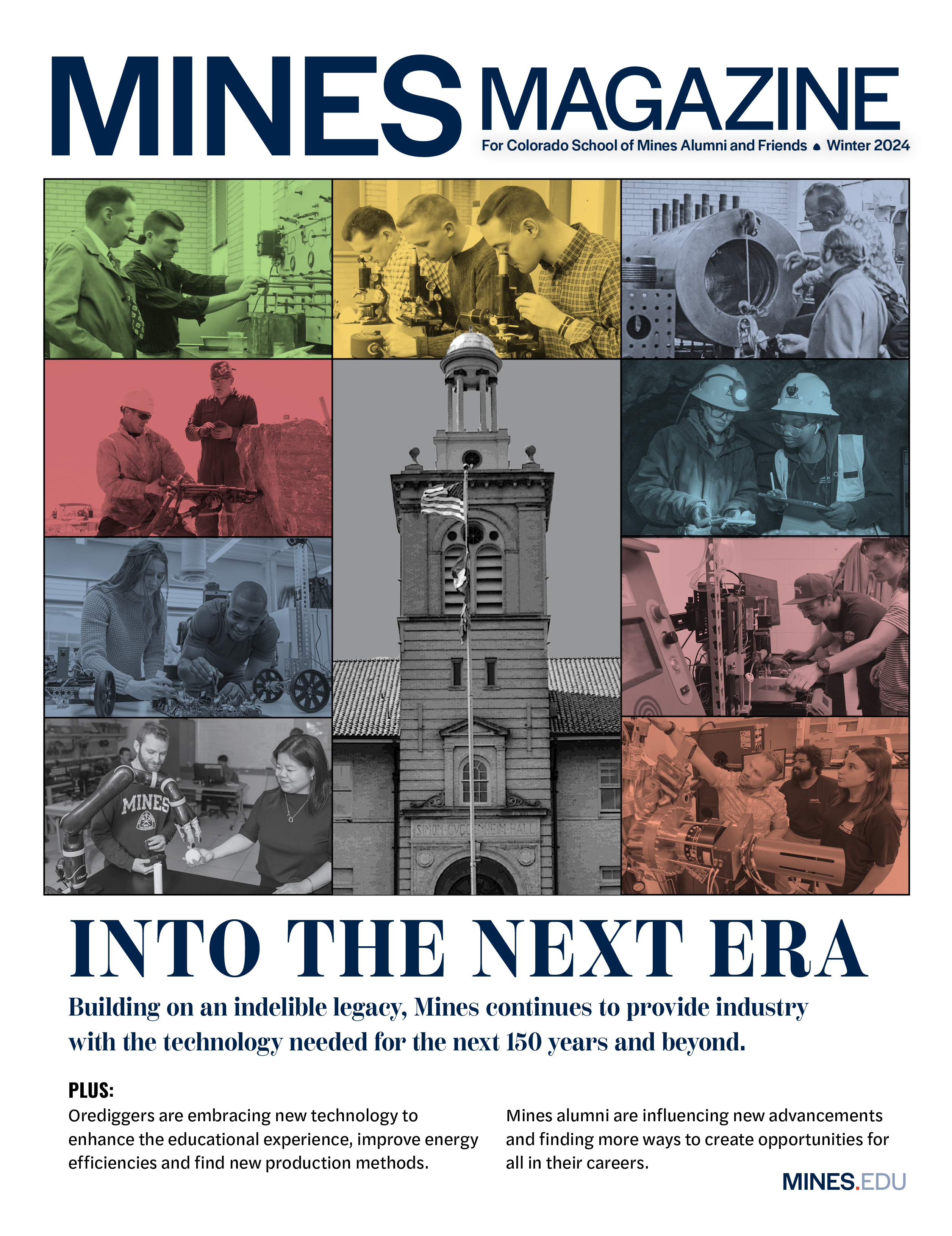Learning From a Tragic Accident
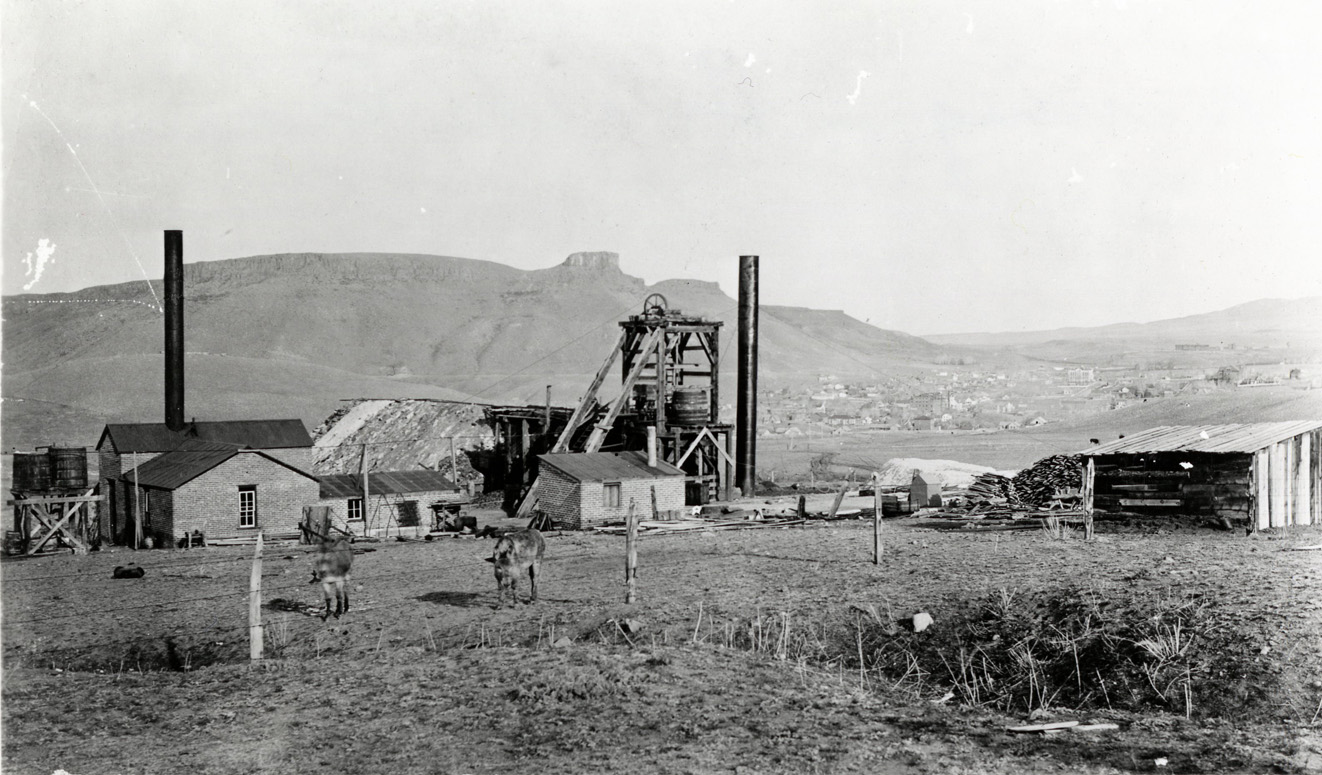
As a former gold rush town, Golden, Colorado has an extensive mining history. Along with the growth and prosperity that came with the large influx of people in search of gold and other natural resources, the town has seen its fair share of accidents in its 158 years. The White Ash Mine disaster of 1889 was one such incident that will be remembered long into the future. In 1993, The Foothills Genealogy Society of Colorado archived the event in its book “WPA History of Golden, Jefferson County, Colorado” as “the most serious accident in the history of Golden.” On a Monday afternoon, “at about 4 o’clock in the White Ash Coal Mine, 10 men were at work in the lower level, 730 feet from the surface, when a flood of water broke in on them without a moment of warning, and they were all drowned.”
To paint a clearer picture of this event, Stan Dempsey, a geologist, historian, lawyer, author and recent inductee into the National Mining Hall of Fame, provided a geologic background of the area as well as a historical account of the mine. He commented that given the White Ash Mines, location along the Front Range, the coal seam sloped at nearly a 90-degree angle. “The White Ash Mine contained a bed of coal that had been upturned along the hogback,” Dempsey explained. While most coal mines are generally flat lying, with little to no dip in the rock formation, the White Ash Mine exhibited characteristics of a vein deposit, more like a metal mine than a coal mine. As a result, “they had to adapt the mining techniques,” said Dempsey, and “they were able to use stoping methods since they didn’t have any roof problems because they were mining on a vertical seam.” Development began in 1877, and by 1888 the shaft was 730 feet deep, making it the deepest coal mine in the state.
But the disaster ultimately stemmed from the White Ash Mine’s northern neighbor, the Loveland Mine, which had been abandoned in 1881 due to a coal fire. “This left [the Loveland Mine] unattended with two and a half miles of workings filling with water seeping in from Clear Creek,” explained Dempsey. “The White Ash miners had driven as far north towards the now flooded Loveland Mine as the company deemed safe, leaving a 90-foot pillar between the two mines.” However, the coal fire in the Loveland Mine had unknowingly burned downward, thinning the 90-foot pillar separating the two mines.
On September 9, 1889, the pillar finally broke, and water burst through to the 280-foot level of the White Ash Mine, flowing down to the 440-foot level and eventually down the shaft to the very lowest level of the mine, where 10 miners were working in the lower depths. “The force of the mining debris drowned the miners within minutes,” said Dempsey.
Foreman Evan Jones, superintendent of the White Ash Mine on the day of the accident, was able to make it down to the 300- foot level after installing electric lights and attaching heavy ropes; however, bad air forced him back to the surface. The next day at 7:30 a.m., “Jones and the State Mine Inspector went down in a heavy iron bucket to conduct an inspection,” said Dempsey. But after reviewing what they could of the damage and any possibility of getting to the trapped workers, it was decided that for the safety of the crew and rescue team, no further rescue attempts could be made. The shaft at the surface was covered to stop the draft between the two mines.
Since the White Ash Mine disaster and other subsequent mining disasters, the Mining and Metallurgical Society of America was formed in 1908 to address mining safety issues. The “MMSA and the American Mining Congress lobbied to put together the U.S. Bureau of Mines and was tasked with figuring out how to avoid a lot of these types of problems and what to do if you need to conduct a rescue,” Dempsey said.
To commemorate the White Ash Mine tragedy, Mines held a dedication ceremony on October 29, 2016, for the 10 miners who lost their lives, providing the land, design and funding to create a memorial site. Additionally, the statue of the bronze miner, completed by artist Cloyd Barnes and previously kept in the Colorado School of Mines Geology Museum, was unveiled at the memorial site across from the Marv Kay Football Stadium. The dedication ceremony was led by Marv Kay ’40, former Mines football coach and athletic director. “As part of the Clear Creek Athletic project, [Mines] felt the need and desire to see that a permanent memorial be established,” said Kay. With this memorial site, he hoped to provide “an eternal remembrance of the tragic disaster and a final resting place for those 10 White Ash miners.”
“We’re sitting here today just imagining what it was like those couple of days with the wagons, miners and grieving widows,” said Kay. “History talks about how the city was full of all the people that were willing to help.”
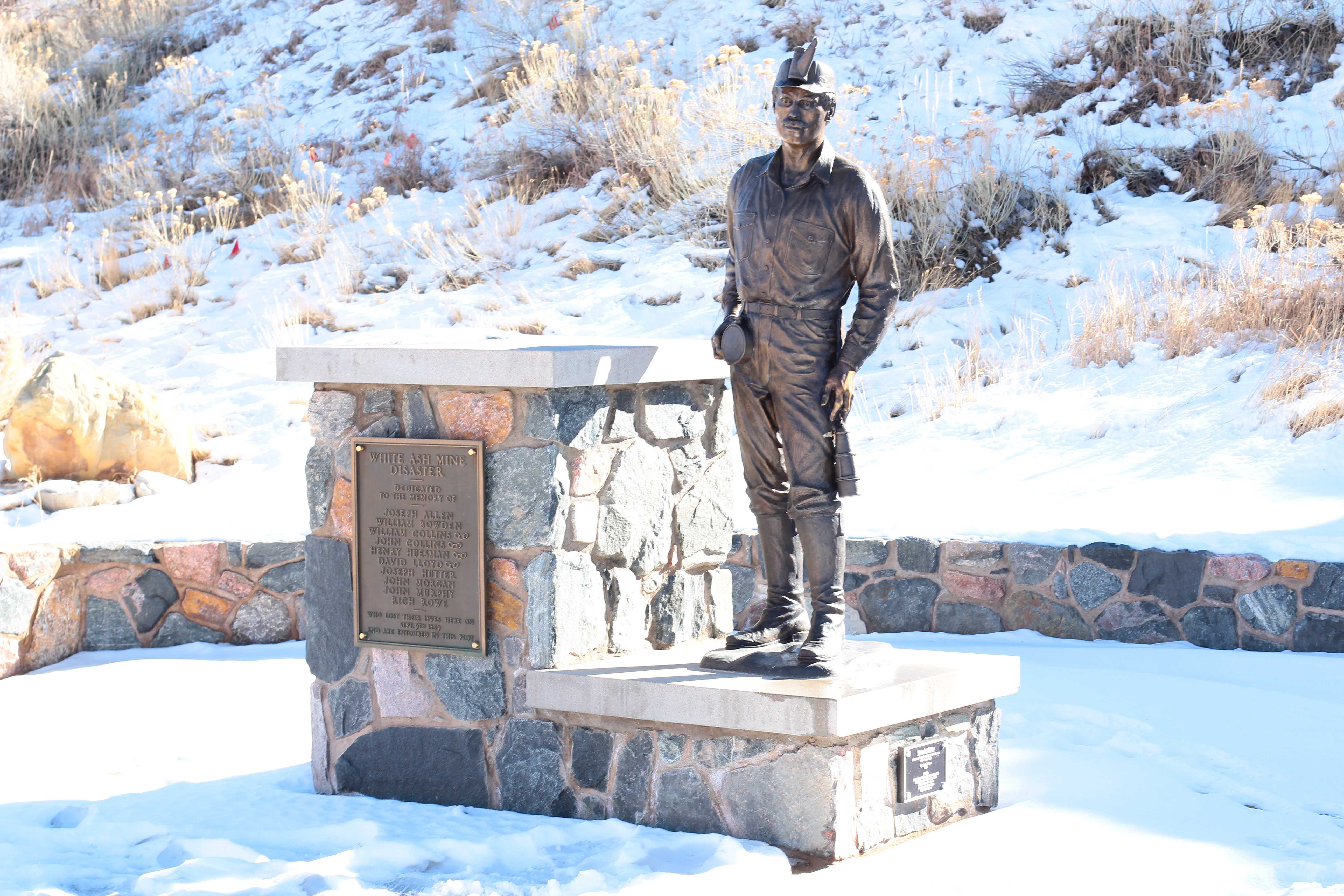
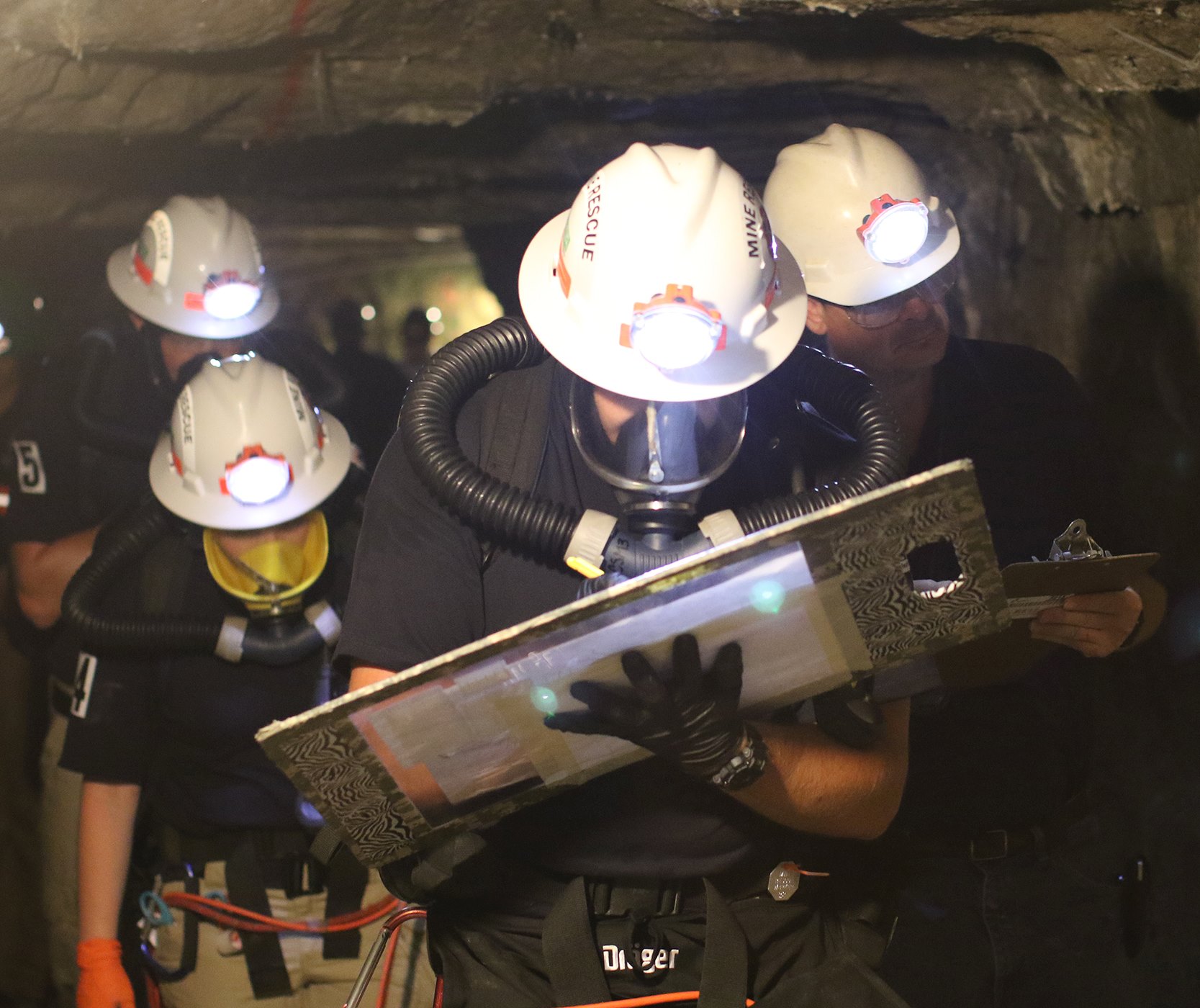
The Mines Rescue Team
To help keep mining practices safe, the Colorado School of Mines Mine Rescue Team was founded in 2009. Mines established one of the first collegiate mine rescue teams in the world and has now expanded to include three teams: a men’s team, a coed team and the world’s first-ever all women team. The teams travel nationally, competing in Mine Safety and Health Administration Metal/Nonmetal Mine Rescue Contests. Mines also hosts an Intercollegiate Mine Emergency Response Development exercise every other year at the Mines-owned Edgar Experimental Mine in Idaho Springs, Colorado.

